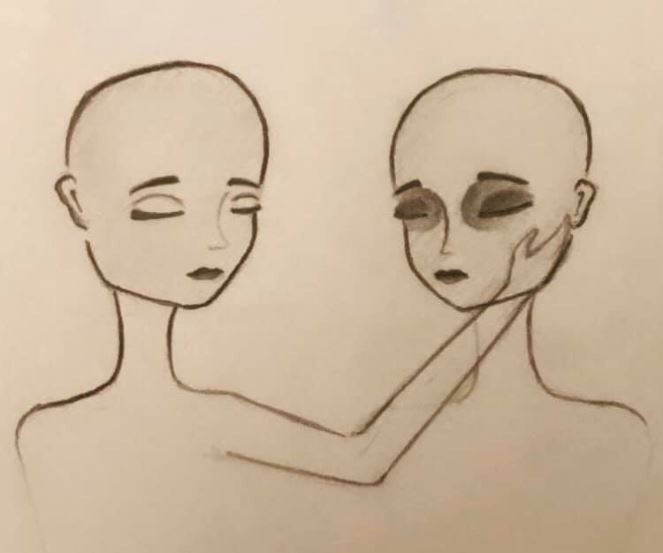UNITED STATES. Brooklyn, New York. Indian cinema was rocked on 14 June with news about the suicide of one its most promising young actors, Sushant Singh Rajput. Disbelief and sorrow about the beloved celebrity’s suicide continue to flood social media, raising much-needed awareness about the seriousness of mental illness and depression.
A recent graduate of the Pratt Institute in New York City, 26-year-old Tara de Souza is determined to confront the realities of depression head-on, or in her case, hands on.
Born and raised in Mumbai, India, de Souza knows from personal experience the impact of depression. “I personally suffer from depression. I have also lost close friends to suicide.” Besides industrial design, she also illustrates about depression.

Depression impacts 25% of the population in the United States, but it is widely known that there are far more people suffering with depression than are reflected in those statistics. Mental illness is still underreported and therefore goes undertreated. The rates of those with depression in India are even more uncertain where mental illness remains a problem to be handled privately, if acknowledged at all. As such, depression is one of the most serious and potentially life-threatening illnesses facing the modern world.
For her thesis project from the renowned Pratt Insititute in New York, de Souza designed a wristband meant to be a “symbolic representation of depression because depression is invisible. The intent is visual shock.”
The wristband evokes the image of a bandage wrapped around the wrist of someone who has survived an attempted suicide. After months of research, de Souza “decided to focus on the wrist as a medium to expose mental health because the wrist is an intersection of mental health that has physical health [im]plications. Depression is invisible unless you see self-harm on a wrist.”


She faced on-going debates about the appropriateness of such a stark symbol. In the end, she chose this bold design, insisting, “I went around my college campus wearing the wristband I had designed. Everyone was shocked and asked me what happened. This validated the point of my project.”
During her research, the design student “looked at other causes and illnesses that have addressed stigmas…The Pink Triangle, Rainbow Flag, Pink Ribbon as well as the Livestrong bracelet. I conducted first person research by attending young adult support groups, talking to therapists, and those support[ing] people suffering from depression.”
Raising awareness about depression was one aspect of de Souza’s project. Giving hope and connection to those suffering was an even more ambitious goal. “I decided to make the clasp green to symbolize life and growth. By wearing this wristband you are supporting your friends and family members that are suffering from depression.” The support that de Souza built into her design extends beyond wearing a symbol. “There are three variations of the wristband,” she explained. “An Advocacy Wristband, a Personalized Wristband and an Electronic Wristband. The Advocacy Wristband is worn on mental health awareness day and fundraising walks. The Personalized Wristband has a pocket to keep notes written by friends and family supporting someone suffering from depression. When someone is suffering from depression, they could read the notes and remember that their loved ones care about them. The Electronic Wristband comes in a set of 5, each with a buzzer and a button to send a notification. When one of the 5 is feeling depressed, he/she could press their buzzer sending a buzz to the other four. The other four feel a buzz and press their buzzer sending a notification to the person that is depressed showing that they are in their thoughts. The wristband is connected to your cellphone via Bluetooth.”
de Souza has entered her thesis project into the prestigious James Dyson International Design competition ‘that celebrates, encourages and inspires the next generation of design engineers.”
“When we think of mental health,” de Souza explained, “we tend to focus on the person suffering from a mental illness. However, we forget that it affects everyone. It affects our friends and family supporting their loved ones suffering from depression.” de Souza’s wristband promotes greater awareness and societal acceptance of depression. Seeing this symbol worn openly on others will hopefully encourage those suffering in silence to seek treatment before it’s too late.
View the details of her project here: https://www.jamesdysonaward.org/Document/a21dc612-6e15-4d38-a898-5f1b7ffb73d5/destigmatizing-depression.jpg



